Keeping Up with Instagram
You may have noticed that Instagram has undergone some significant changes recently and we aren't just talking about their new logo.
Although the new logo did create a buzz, the photo and video-sharing app has made some even bigger alterations, which we are going to discuss in this week's blog.
First of all, let's talk algorithms. It seems the logical place to start, as Instagram's shift away from a chronological feed—towards one driven by an algorithm—has created quite the outcry.
An algorithm, put simply, is a set of steps that are followed in order to solve a problem. In the case of a social media platform, its algorithm will process vast amounts of data, sifting through and yielding filtered results, based on the information it knows about you and what it thinks you want to see and engage with.
If you have been wondering why an image that was posted 14 hours ago is still sitting at the top of your feed, the algorithm is to blame. The order in which you see pictures and video on Instagram is no longer determined by when they were posted, it is now based, “on the likelihood you’ll be interested in the content, your relationship with the person posting and the timeliness of the post,” as Instagram explained on their blog, when the switch was first mooted in March.
If this all sounds very familiar, Facebook (who own Instagram) have also undergone similar transitions in recent years. The latest iteration of their ever-changing algorithm, detailed in a “Friends and Family Come First” statement—released in June 2016—is incredibly similar to IG’s new-look feed.
To say that users were displeased with Instagram's recent changes is a huge understatement. Just take a look at the comments underneath the aforementioned blog post to get an idea…
Elsewhere on Planet Instagram, a change that has attracted more acclaim than dismay is video features. You may remember that video uploads were once capped at 15 seconds but since March (and with surprisingly little fanfare), they have been extended to 60 seconds.
It's a huge development, one which gives users, businesses and marketers a raft of new creative options and as—if not more—importantly, it keeps the pressure on rivals Snapchat and YouTube.
Another huge adjustment was the recent, somewhat quiet, roll out of Instagram for Business.
Currently only available for users in the United States, Australia and New Zealand, businesses (who have an existing Facebook business page) can now switch from a personal to a business profile.
Features include the ability to add a contact button, in which you choose how you want customers to get in touch—be it by phone call, text and/or email, right through the app. Users can also get directions to your outlet.
Analytics tools also come with the free business profile, which is music to the ears of social media geeks like us. These analytics give you information about who your followers are, including data such as such as gender, age and location. It also tells you which posts are performing well, giving numbers on reach, impressions, engagement and more.
The ability to turn Instagram posts into mobile ads directly from the app itself is also a big plus, (even if it does feel like suspiciously similar to the start of the paid-ad squeeze, à la Facebook).
Said to be available globally by the end of the year, it’s going to be very interesting to see how businesses benefit from this particular switch.
We hope this blog sheds some light on the updates and additions happening on Instagram. However, if you feel like you are still in the dark and need help with your social media profiles on Instagram and elsewhere, please don't hesitate to get in touch.
Thanks for reading!

